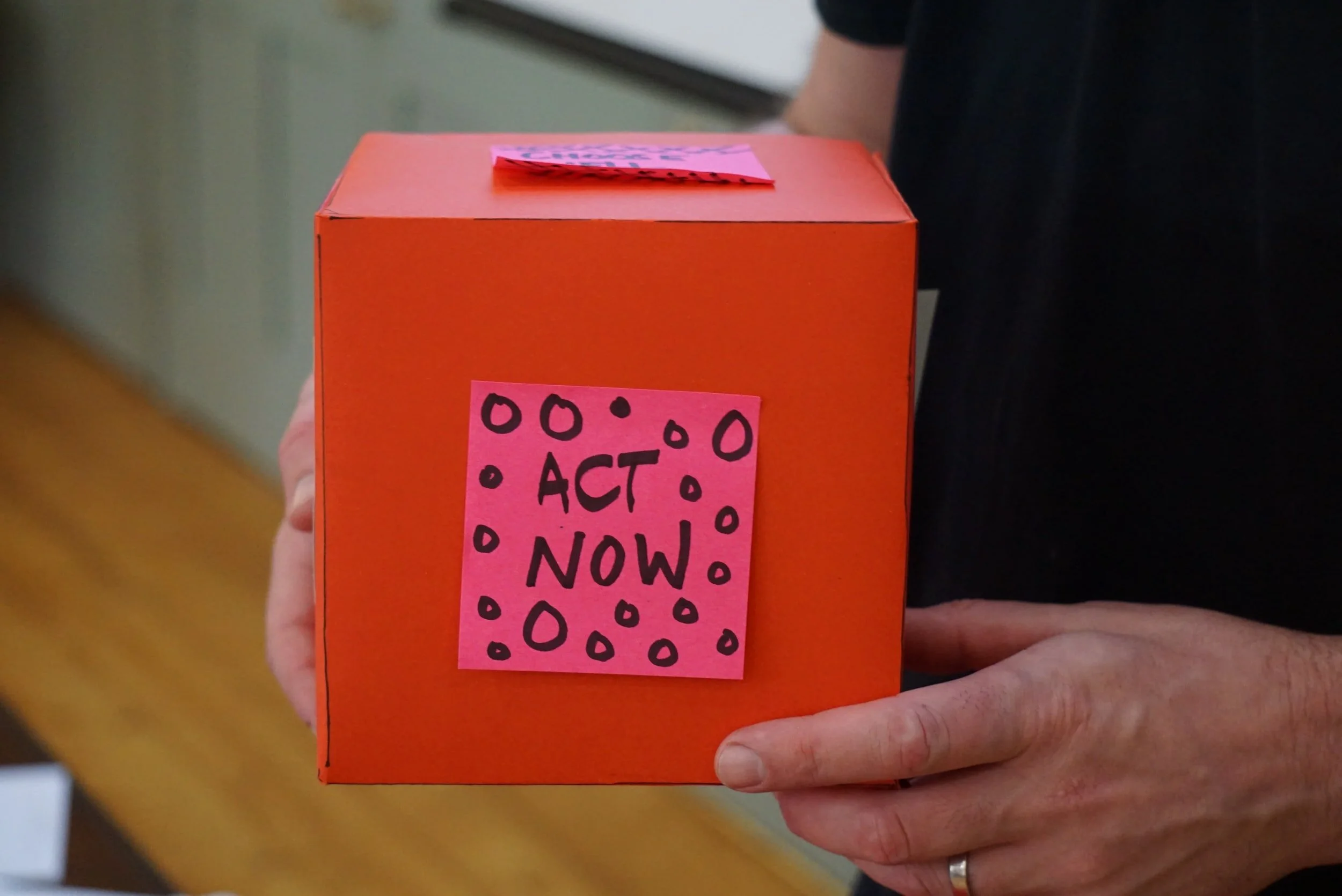We all have enough to worry about and better things to deal with — the last thing you need is a shadowy hacker opening a new bank account or credit card in your name. Yet identity theft and financial fraud are on the rise. In one year alone during the COVID-19 pandemic, from 2019 to 2020, identity theft cases in the U.S. increased by a whopping 45%, according to the Federal Trade Commission.
Last year the S&P 500 delivered a whopping 25% annual return, continuing its momentum from 2023 and marking its best two-year stretch since 1997–1998. Other major asset classes, modest by comparison, also delivered positive returns in a year when prominent economists had predicted a recession:
We can now say it: 2023 was a great year for investors, with all major asset classes delivering strong returns:
The season of giving is upon us - the time of year when people make charitable donations before the end-of-year deadline for potential tax benefits. Tax law changes in recent years made these benefits more elusive for most people, yet there are still ways to do well both for yourself and your favorite charities with your donations.
When you retire and begin to support yourself with portfolio withdrawals, life changes for your portfolio as well as for you. There are new risks, taxes, and other considerations for your investments; new questions about how best to raise the cash. Often there are unexpected emotions that arise as you draw down assets, causing cracks to appear between funding your retirement dreams and wanting to make the money last. A retirement cash-management plan can help bridge the gap.
A recent Wall Street Journal article, When Will I Retire? How About Never, asked the question, “What drives people to keep working long past the age when they could comfortably leave the workforce? What benefits are they gaining that those who retire might miss out on?”
The article highlighted examples of several people pursuing very different careers well past traditional retirement age and made me curious: what would the AI program Chat GPT-4 think about the idea of not retiring? This led to the conversation below, completely unabridged. The prompts are mine, everything else is Chat GPT-4.
Last year was one of the worst years in the past century for the traditional 60% stock, 40% bond portfolio, worse than during the 2008 credit crisis and nearly as bad as during the Great Depression in the 1930’s. Was this the death knell for traditional asset allocation, and should investors consider something different to protect their financial assets going forward?
The Center for Disease Control & Prevention lists developmental milestones for the first five years of life – “skills such as taking a first step, smiling for the first time, and waving “bye bye.”” After five years, evidently, all bets are off, and it’s up to us to figure out the appropriate next steps. Now that we’re living longer, with yet more longevity on the horizon, what should the developmental goals be for our lives?
“Never go grocery shopping on an empty stomach” captures a recognized truth: there are better and worse moments in life to make decisions for our future selves. The trick is to seize the favorable moments to protect ourselves later during the more difficult ones. Precommitment strategies offer a powerful way to do this.
Given the jarring surprises of the past few years, it might seem risky to make any plans beyond next week. Why expose ourselves to more uncertainty and disappointment? However, thinking of our plans as blueprints and judging them by how close they adhere to the original design likely means they lack a critical ingredient.
“How many of you have dreamed of owning a sailboat?” a conference speaker asked the audience. Dozens of hands went up. “How many of you have dreamed of drydocking and painting that boat?” Hands fell back down. Few of us dream about the time, money, and vigilance required to prevent our possessions from falling apart, so we’re often surprised by what we’ve taken on.
The bargain that investors make with bonds is clear: in exchange for holding the most boring financial asset on the planet, they’ll receive slow, steady, but positive investment returns to cushion their far more exciting, but unreliable stocks. This year the agreement has been breached: bond prices have fallen alongside stocks as central banks raise interest rates to dampen inflation. How worried should investors be about this development and what, if anything, should they do about it?
As long as we’re questioning everything else about work - home or office? how many days a week to work, how many hours a day? - we might as well pose a related question: Has the time come to abolish retirement?
The finale song of the 2015 musical Hamilton, based on the life of Alexander Hamilton, asks, “And when you're gone, who remembers your name? Who keeps your flame? Who tells your story?” Today, there are a number of new tools that we can use to tell the story ourselves and help our friends and loved ones do the same.
When we commit to accomplishing a goal, we commit to the possibility of at least two kinds of failure - the possibility that we won’t get what we want, and the possibility that, if we do, we may discover that success wasn’t worth the costs. These costs include not just the time, money and effort we expended to reach our destination, but also the things we gave up in order to get there. The poet Robert Frost famously alluded to these things as “the road not taken”; economists call them “opportunity costs.”
2021 marked the third year in a row of positive returns in most developed stock markets. For U.S. stocks, it was one of the best years on record and continued a remarkable run that few, if any, people expected after the 2008 financial meltdown. Stocks are volatile now, though, so people are asking, Is it still safe to invest?
Among the many surprises that the Covid pandemic brought into our lives was a split-second decision by thousands of U.S. households not only to uproot themselves and relocate to far flung areas of the country but to make the biggest purchase decision of their lives and buy a house. We’re still in the midst of the pandemic, but reports are already arriving of buyer’s remorse and people feeling “house poor” despite the historically low mortgage rates.
Has there ever been a more opportune moment than now to reconsider how we’re working, living and generally leading our lives? The first global pandemic in a century has shaken us out of workplaces, habits and relationships, giving many of us perhaps the best shot we’ll ever have at figuring out what we really want to be when we grow up.
A few weeks ago, Marin kayaker Cyril Derreumaux pushed off from Sausalito before dawn to paddle alone across 2,400 nautical miles of open ocean to Hawaii. He had prepared three years for the journey and expected it would take him seventy days.
With vaccinations rolling out across the country, the factory whistle is sounding. Employers such as Uber, Google, Chase, and Goldman Sachs are beginning to call employees back to the office, saying it’s time to resume pre-pandemic work patterns. Employees aren’t so sure. They gave up a lot to reorganize their lives this past year and, like the inhabitants of Plato’s famous cave, had their eyes opened to new possibilities. What happens next in this developing standoff could transform not just the traditional office, but the broader contours of our lives.




















